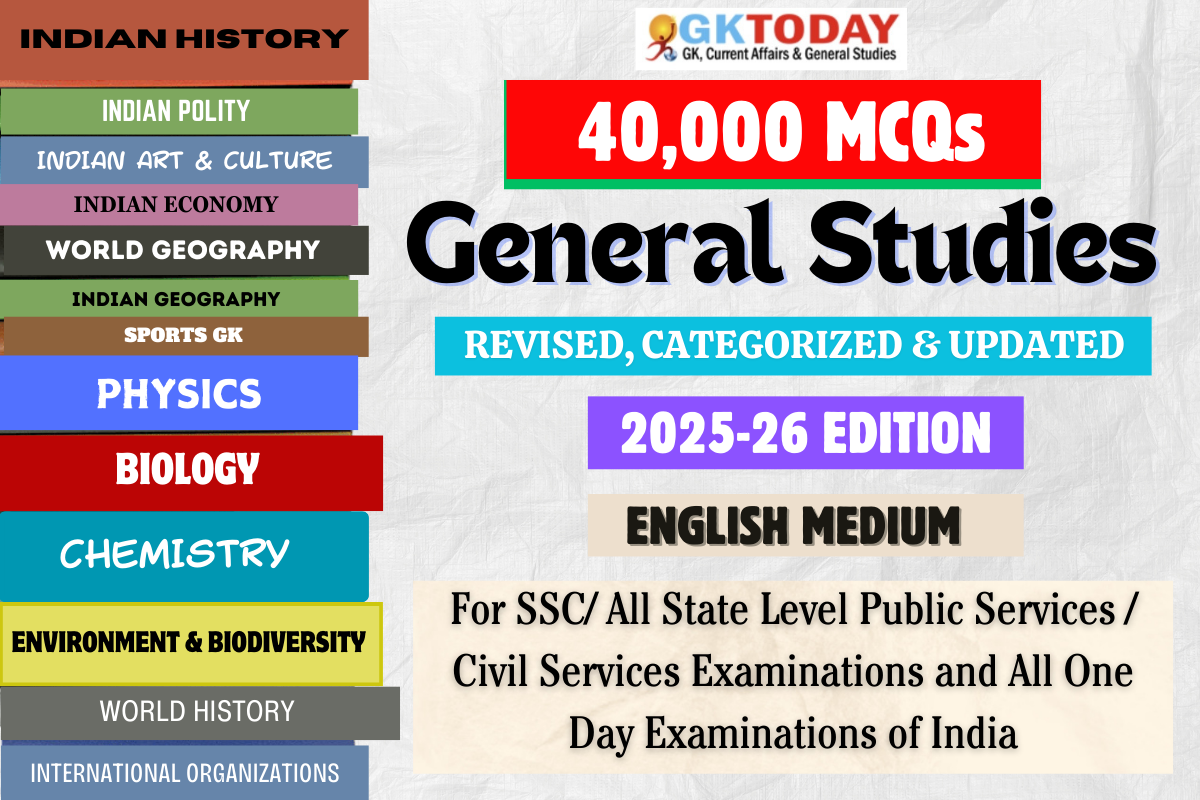Ancient Indian History MCQs
Multiple Choice Quiz Questions (MCQs) on Ancient Indian History for General Studies and GK preparation of SSC, NDA, CDS, UPSC, UPPSC and State PSC Examinations.
31. Which of the following were a part of the three grades of feudatories during the Satavahana period?
1. Raja
2. Mahabhoja
3. Senapati
4. Purohita
Select the correct option from the codes given below:
[A] Only 1 & 2
[B] Only 2 & 4
[C] Only 1, 2 & 3
[D] 1, 2, 3 & 4
Show Answer
Correct Answer: C [Only 1, 2 & 3]
Notes:
The Satavahana kingdom consisted of three grades of feudatories which are as follows:
1. Raja (who had right to strike coins)
2. Mahabhoja
3. Senapati
32. Which of the following Buddhist scholars compiled Mahavibhasa?
[A] Charaka
[B] Mathara
[C] Vasumitra
[D] Nagarjuna
Show Answer
Correct Answer: C [Vasumitra]
Notes:
Mahavibhasa is an ancient Buddhist text. It is thought to have been authored around 150 CE by Vasumitra who was an eminent philosopher of the Kushan era. Mahavibhasa is also known as the encyclopedia of Buddhist philosophy.
33. Which of the following kings issued coins showing him playing veena?
[A] Chandragupta I
[B] Chandragupta II
[C] Kumargupta I
[D] Samudragupta
Show Answer
Correct Answer: D [Samudragupta]
Notes:
Samudragupta issued coins showing him playing veena. Samudragupta celebrated his conquests by performing ashvamedha sacrifices or horse sacrifice. He also issued ashvamedha coins which portrayed the scene of the sacrifice.
34. During which of the following period, social and economic status of the Shudras improved?
[A] Maurya empire
[B] Gupta Empire
[C] Magadha Empire
[D] Kushana Empire
Show Answer
Correct Answer: B [Gupta Empire]
Notes:
The social and economic status of Shudras improved during the Gupta period. During the Gupta period, Shudras were allowed to listen to the Ramayana, the Mahabharata, and the Puranas. They were also allowed to perform certain rituals.
35. Which of the following refers to the royal share of merchandise brought into a town or harbour by merchants?
[A] Shulka
[B] Bhaga
[C] Bhoga
[D] Kara
Show Answer
Correct Answer: A [Shulka]
Notes:
Shulka during the Gupta period was a royal share of merchandise which was brought into a town or harbour by merchants. Therefore it can also be equated with the customs and tolls.
36. Which of the following were under the direct control of Dharmapala?
1. Bengal
2. Bihar
3. Kannauj
Select the correct option from the codes given below:
[A] Only 1
[B] Only 1 & 2
[C] Only 2 & 3
[D] 1, 2 & 3
Show Answer
Correct Answer: B [Only 1 & 2]
Notes:
Bengal and Bihar both were directly under the control of Dharmapala. The kingdom of Kanauj was subordinate to him. The rulers of other areas like Punjab, Rajputana, Malva and Berar acknowledged him as their overlord and also paid him homage.
37. Which of the following succeeded Vigrahapala?
[A] Dharmapala
[B] Devapala
[C] Narayanapala
[D] Nayapala
Show Answer
Correct Answer: C [Narayanapala]
Notes:
Vigrahapala was succeeded by Narayanapala. Narayanpala served for a long term and ruled for more than half a century. Narayanapala was succeeded by Rajyapala who was succeeded by Gopala II and Vigrahapala II.
38. During the reign of which of the following kings Bhojpur Lake was constructed?
[A] Upendra
[B] Raja Bhoja
[C] Lakshmanaraja
[D] Vigrahraja
Show Answer
Correct Answer: B [Raja Bhoja]
Notes:
The most important king of the Paramara dynasty was Raja Bhoja. He ruled from 1018 to 1060 AD. Raja Bhoja was responsible for the construction of a beautiful lake known as the Bhojpur Lake.
39. During the reign of which of the following kings stotras and stavas came into existence in Buddhism?
[A] Gopala
[B] Sarvajnamitra
[C] Chandrakirti
[D] Santideva
Show Answer
Correct Answer: B [Sarvajnamitra]
Notes:
From 650 A.D. to 1000 A.D, there was the decay of pure Hinayanism and Mahayanism. The glorious days of Buddhist logic and philosophy were ended With Chandrakirti and Santideva and then came the days of stotras and stavas begun by Sarvajnamitra of Kashmir in the 8th century AD.
40. Which the following were the most prominent guilds during the early medieval period?
1. Weavers
2. Potters
3. Gardeners
4. Artisans
Select the correct option from the codes given below?
[A] Only 1 & 2
[B] Only 2 & 4
[C] Only 1, 2 & 3
[D] 1, 2, 3 & 4
Show Answer
Correct Answer: D [1, 2, 3 & 4]
Notes:
During the early medieval times the guilds specially mentioned are those of weavers, potters, gardeners and artisans. The guilds used to make collective endowments for pious objects or received them on trust to provide for such objects out of the accruing interest.

